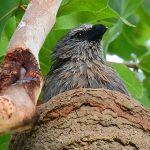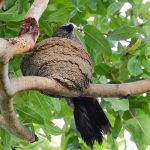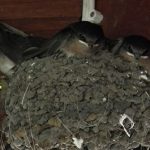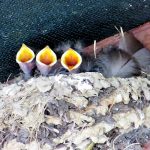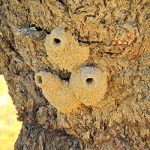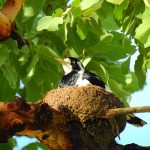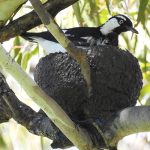MUD NESTS
Mud nests
Mud nests are among the most fascinating structures in the avian world, crafted meticulously by certain Australian birds. These creations reflect astonishing intelligence, adaptability, and a deep relationship with the landscape.
Across the wide and diverse Australian continent, the sight of a smooth, globular or horseshoe-shaped mud nest clinging to a branch, a man-made structure, or a cliff face stands out as a marvel of avian engineering. These nests are not only practical homes, sheltering eggs and chicks, but are also a testament to the instinctive skills and adaptability of the birds that build them.
Understanding mud nests broadens our appreciation for Australian wildlife and highlights how even small creatures play critical roles in the environment.
Several native species are renowned for their mud nests. Each brings unique adaptations and behaviour to this ancient art form.
Materials and Techniques
- Mud Source: Birds often exploit freshly disturbed soil after rainfall.
- Reinforcements: Plant fibres, feathers, animal hair, and even synthetic materials are used to strengthen the walls.
- Placement: Nests are typically located high enough to deter predators, with natural cover for shade and concealment.
Adaptation to Human Presence
Some species have adapted to urban environments, building on window ledges, beams, or other structures, illustrating remarkable flexibility.
Ecological Significance
Mud-nesting birds play crucial roles in their habitats:
- Pest Control: Many feed on insects harmful to crops or gardens.
- Soil Engineers: By transporting and manipulating mud, they influence soil distribution and microhabitats.
- Biodiversity Indicators: Healthy populations of mud-nesting birds signal good ecosystem quality and water availability.
Conservation Insights
Despite their ingenuity, mud-nesting birds face threats:
- Habitat Loss: Land clearing, urban development, and reduced access to suitable nesting sites and mud sources.
- Climate Change: Reduced rainfall can limit mud availability, disrupting nesting cycles.
- Human Disturbance: Increased disturbances near nests can lead to abandonment and reduced breeding success.
Supporting Mud-Nesting Birds
- Conservation Actions: Protecting wetlands, maintaining mature trees, and avoiding disturbance near active nests.
- Citizen Science: Recording sightings and nesting habits contributes valuable data for researchers.
Learning from Nature’s Builders
Mud nests in Australia are intricate symbols of resilience and adaptation, crafted by some of the country’s most endearing birds. Their continued presence is both a delight to behold and a gentle reminder of the intricacies of the ecosystems we share.
By understanding, appreciating, and supporting the needs of these mud-nesting birds, we not only safeguard a unique piece of Australian natural heritage but also strengthen our connection to the wider environment—one nest at a time.

